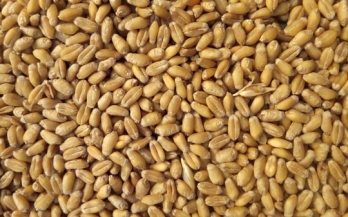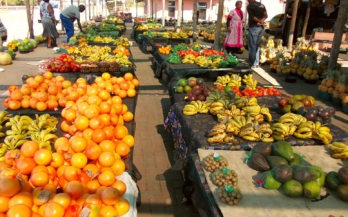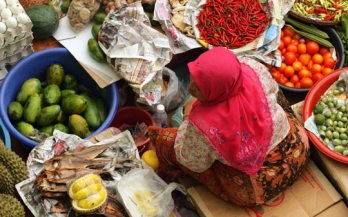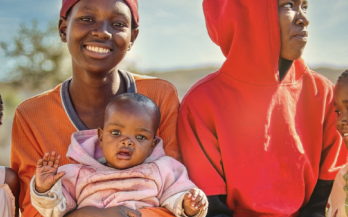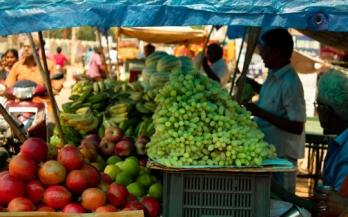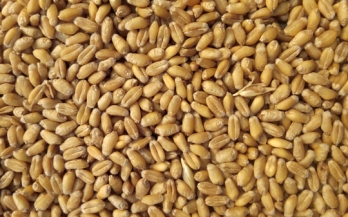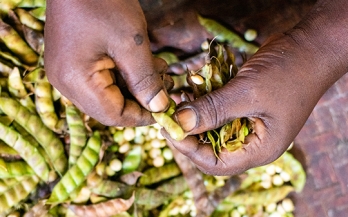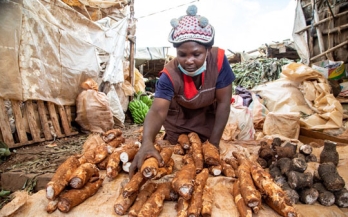Today, more than 125 countries have mandatory food fortification programmes. Food fortification requires a "premix" – a mixture of vitamins and minerals – that can then be added to various staple products.
Gallup, Harvard University, and the Global Alliance for Improved Nutrition teamed up to overcome this challenge by initiating the Global Diet Quality Project. Through this project we have created a new approach that enables countries to track diet quality year to year, seasonally, or even more frequently.
The Global Diet Quality Project offers a new approach that enables countries to track diet quality. The project’s Diet Quality Questionnaire (DQQ) allows users to investigate both diet adequacy and diet components that protect against or increase risk of noncommunicable diseases (NCDs)
The Lancet Global Health article is the first evidence-based global estimation of micronutrient (vitamin and minerals) deficiencies that systematically analyzed data on population-representative surveys from preschool-aged children and women of reproductive age.
GAIN, Unilever, and the Sustainable Trade Initiative (IDH) saw an opportunity to improve the nutrition and health of farmers, workers, and their families in supply chains, whilst working to increase supplier and worker satisfaction, productivity and brand loyalty.
Motivated by the need for such information for its own programmes, the Global Alliance for Improved Nutrition (GAIN) developed the Fortification Assessment Coverage Toolkit (FACT) in 2013 for carrying out coverage assessments of fortification programmes.
The UNSG’s Special Envoy for the Summit, Dr. Agnes Kalibata invited GAIN’s Executive Director Dr. Lawrence Haddad to lead Action Track 1 (AT1) on Ensuring Access to Safe and Nutritious Food for All.
Supported initially by the Dutch Government and the Rockefeller Foundation and launched in the journal Nature Food in June 2020, GAIN, along with Johns Hopkins University, FAO, CIAT, the University of Michigan and Ag2Nut decided to create a platform that pulled together all the high-quality data available, organise it by food system component and make it easy to analyse, compare and visualise.
In anticipation of the 2022 AGRF, the Global Alliance for Improved Nutrition (GAIN) and the Alliance for a Green Revolution in Africa (AGRA) have leveraged their existing partnership to produce this report to provide African leaders with cutting-edge data tools that can be employed to describe their nation’s food systems, diagnose the most urgent areas for action, and decide which evidence-based solutions best suit their needs.
Using a theory of change or a programme impact pathway to guide design, monitoring, and evaluation efforts is increasingly being used across various nutrition interventions, yet there are few documented examples in biofortification programmes.
